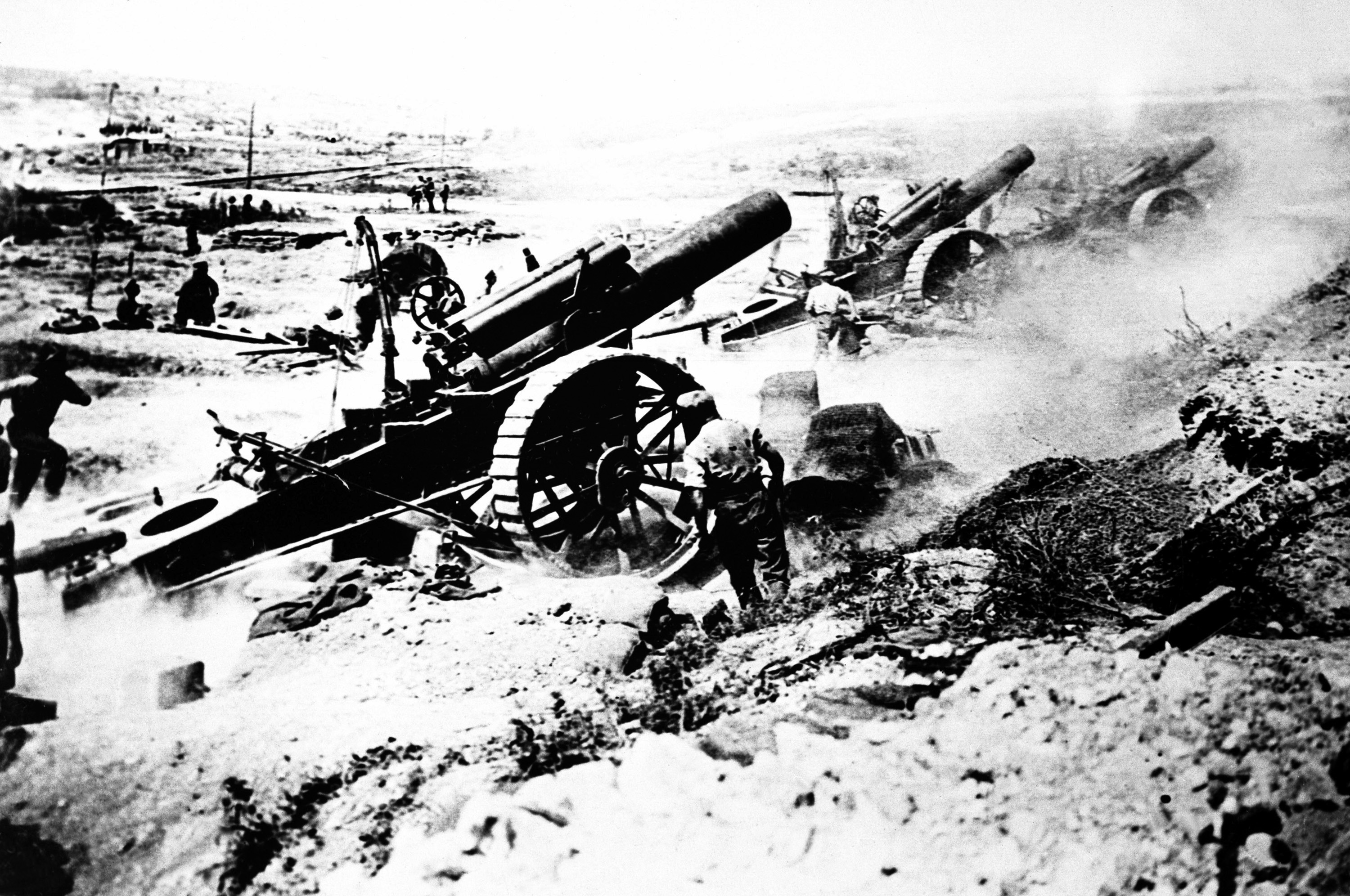
It was known as the “Great War,” the conflict that changed the landscape of the modern world, destroyed Europe, and killed nearly an entire generation. Yet, despite its historic importance, World War 1 has been largely overlooked and underrated, especially in cinema. While World War 2 has had more than 1300 films made about it, World War 1 has a measly 130 films.
But with the Dec. 4 release of “1917,” director Sam Mendes has brilliantly brought World War 1 and its nightmarish trench warfare back to the screen. With a simple plot about two British lance corporals who are given the daunting task to cross the front lines and stop a battalion of 1600 men from walking into a German ambush, the movie shines not just as a story of human courage and resilience, but also as a tribute to World War 1 and a reminder of its horrors.
Lance Corporals Tom Blake and Will Schofield, played by Dean-Charles Chapman and George MacKay respectively, are given a simple, but nearly impossible mission by General Erinmore, played by Colin Firth. Since telephone wires were cut, Blake and Schofield are ordered to hand-deliver orders to Colonel MacKenzie, played by Benedict Cumberbatch, calling off the Second Battalion of the Devonshire Regiment’s planned attack against the Germans. Though the Germans appeared to have retreated, reconnaissance showed that it was a tactical withdraw to prepare an ambush and overwhelm the British with artillery.
“If you fail,” Erinmore said to Blake and Schofield, “it will be a massacre.”
Added to this daunting task is the fact that Blake’s older brother, played by Richard Madden, is in the Devonshire Regiment. The two men have one day to cross the front lines, go through no man’s land, through the abandoned German trenches where Schofield almost dies after a tripwire explosion, and get to the Devons in time. Halfway through the mission, Blake is killed and as Schofield comforts the dying Blake, he promises him that he will complete the mission and save his brother.
Schofield then alone continues the daunting journey, finding the Devonshire Regiment just as the first wave of men are running into the attack that he carried orders to halt. He reaches MacKenzie just in time to stop the attack before the second wave of men ran to be massacred.
Though the plot was fairly simple, director Sam Mendes shot the film to look like one long scene, from beginning to end. Not only did this technique make a beautifully coherent and unbroken narrative as the beginning led to the end, but it also immersed the audience into the story.
The camera followed Blake and Schofield on their mission, almost like a third, silent character that was constantly watching with no breaks. And with the audience being the ones to look through the camera, viewers were fully engaged in the story, as if they were the ones walking behind, beside, and in front of Blake and Schofield. When they ran through the trenches or swam down the river, the audience was right behind them looking at their backs.
Along with the creative use of the camera, there was also graphic detail that accurately portrayed the butchery of the war. Living in the shadow of World War 2, the horrors of the First World War are often forgotten. Though World War 2 had more casualties, the slaughter of World War 1 is unparalleled. The transition from traditional, Napoleanic warfare, to modern, technology-driven warfare made World War 1 unusually brutal. While there were machine guns and shells mowing men down, men were still bayonetting each other to death, fighting in muddy trenches.
In an article from “The Telegraph,” one German World War 1 veteran recalled the time he bayoneted a French soldier.
“I thrust his rifle away and I ran my bayonet through his chest,” the soldier said. “I nearly vomited.”
Mendes accurately captured this often forgotten barbarism of World War 1 warfare that many of its veterans recounted. With stomach churning depictions of rotting dead men and horses, bloated bodies floating in muddy holes, and bodies buried in the muck of the trenches, Mendes depicted the savagery of the war that shaped a generation and changed warfare and the modern world.
Along with creating an accurate visual depiction of the war, Mendes also did an excellent job of focusing on the action. With the whole movie shot to look like one scene, the whole story was in the present. Being in real-time, there was little backstory to the characters or telling of their inner thoughts and personalities. Mendes powerfully showed Blake and Schofield’s characters through their present, ongoing action, thus making the story, not just about two individuals, but making it an actual story of wartime and humans in action.
Though it is filled with tragedy and the hellishness of war, 1917 is nonetheless a beautiful story of war, human resilience and determination, and a sobering reminder and tribute to World War 1. With an unbroken narrative and filming that immerses the viewer in both the courage and raw carnage of the war, 1917 is truly breathtaking.

